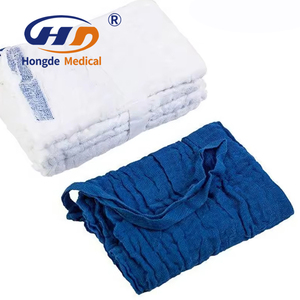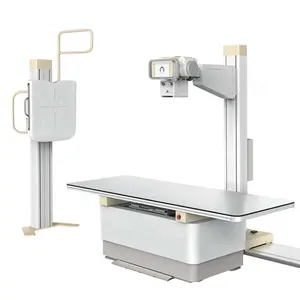Understanding Peg Gastrostomy
A Peg Gastrostomy is a medical procedure that places a feeding tube directly into the stomach through the abdominal wall. It is often utilized for patients who have difficulty eating or swallowing due to various conditions, including neurological disorders, head and neck cancers, or severe anorexia. This innovation allows for safe nutritional intake without discomfort associated with traditional feeding methods.
Types of Peg Gastrostomy
Within the realm of Peg Gastrostomy, there are several types to consider based on the method of placement and the materials used:
- Percutaneous Endoscopic Gastrostomy (PEG): This type is placed using an endoscope, allowing for real-time visualization and reducing surgical risks.
- Radiologically Inserted Gastrostomy Tubes (RIG): Ideal for patients who are unable to undergo endoscopy; the tube is placed under imaging guidance.
- Surgical Gastrostomy: Involves a more invasive surgical procedure for direct insertion of the feeding tube, typically in emergency situations.
- Low Profile Gastrostomy Tubes (LPG): A discreet option often chosen for pediatric patients or active adults, minimizing external visibility.
Applications of Peg Gastrostomy
Peg Gastrostomy serves vital functions in various medical scenarios:
- Nutritional Support: Essential for patients with swallowing difficulties to maintain adequate nutrition.
- Medication Delivery: Provides a method for administering medications that cannot be ingested orally.
- Long-term Feeding: Ideal for patients requiring extended nutritional support, often due to chronic illness.
- Emergency Use: May be necessary in acute care settings for patients unable to eat through conventional means.
Advantages of Peg Gastrostomy
The Peg Gastrostomy offers numerous advantages, enhancing both patient well-being and quality of life:
- Minimally Invasive: The process typically involves minimal incision, leading to quicker recovery times compared to traditional surgeries.
- Improved Nutritional Intake: Direct access to the stomach ensures efficient calorie and nutrient consumption, crucial for healing and maintaining strength.
- Enhanced Quality of Life: Patients experience less anxiety and discomfort concerning eating, allowing for better social engagement and overall happiness.
- Flexible Care Options: Caregivers can manage feeding schedules more easily, accommodating personal routines and medical needs.






















































 浙公网安备 33010002000092号
浙公网安备 33010002000092号 浙B2-20120091-4
浙B2-20120091-4